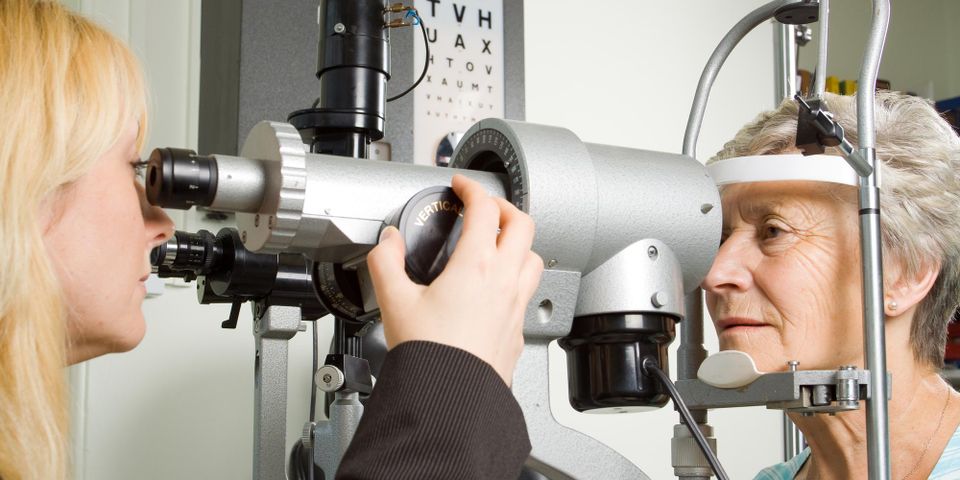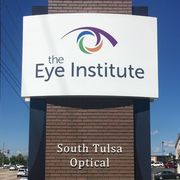5 Age-Related Eye Diseases Every Senior Should Know

Proper vision care is important at every stage of life, but it becomes especially critical once you start getting older. With age, people’s eyes start to change, which can lead to a variety of ocular diseases that can impair vision—and sometimes lead to total blindness. Fortunately, if you visit an optometrist or ophthalmologist on a regular basis, you can catch signs of these conditions early on and start treatment to protect your sight. To help you defend your vision as you grow older, here are five eye diseases that are common among seniors—and how to best address them.
5 Common Eye Diseases That Affect Seniors
1. Dry Eyes
Older adults often experience a decline in tear production, reducing their eyes’ ability to lubricate properly. Without tears, people can experience dry eyes that may cause uncomfortable itchiness, redness, and blurry vision. Over-the-counter and prescription eye drops, as well as staying hydrated, are all ways your vision provider may recommend combatting dryness.
2. Presbyopia
 Between the ages of 40 and 60, adults often experience physical changes of the eye that can lead to presbyopia—a condition that makes it difficult to see objects up close. Although presbyopia may not be preventable, the vision loss it causes can be treated comfortably with use of prescription lenses provided by a trusted optometrist.
Between the ages of 40 and 60, adults often experience physical changes of the eye that can lead to presbyopia—a condition that makes it difficult to see objects up close. Although presbyopia may not be preventable, the vision loss it causes can be treated comfortably with use of prescription lenses provided by a trusted optometrist.
3. Macular Degeneration
According to the National Institutes of Health, age-related macular degeneration (AMD) is a leading cause of vision loss among those that are 50 years or older. This ocular disease occurs when the central portion of the retina deteriorates, causing a progressive loss of central vision. Depending on the extent of the condition, recommended treatment may involve the use of prescription lenses, medications, and laser eye surgery.
4. Cataracts
Statistics suggest that nearly half of all adults will have some form of cataracts by the time they reach 80. This condition occurs when excess proteins enter the lens, causing the eye to become cloudy. While cataracts may not always be serious, some cases can result in impaired vision. In these situations, a trusted ocular surgeon can fix the problem by removing the cataract.
5. Glaucoma
Glaucoma is a chronic condition characterized by increasing pressure within the eye. Early on, this eye disease may produce no noticeable symptoms. As such, it’s important to visit an ophthalmologist for regular screening tests to catch glaucoma early. While the condition cannot be cured, medication and surgery may help prevent it from growing worse. Without treatment, however, the pressure may cause damage to the optic nerve, resulting in severe or total vision loss.
If you’re 61 years or older, it’s important to schedule regular eye exams with a trusted ophthalmologist—such as those at South Tulsa Optical. Providing comprehensive eye care services in Tulsa, OK, this ophthalmologist can comfortably screen and treat all common eye diseases—including glaucoma, macular degeneration, and cataracts. For more information on these services, visit this vision care center online. To schedule a convenient appointment, call (918) 494-0351.
About the Business
Have a question? Ask the experts!
Send your question

